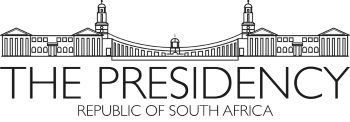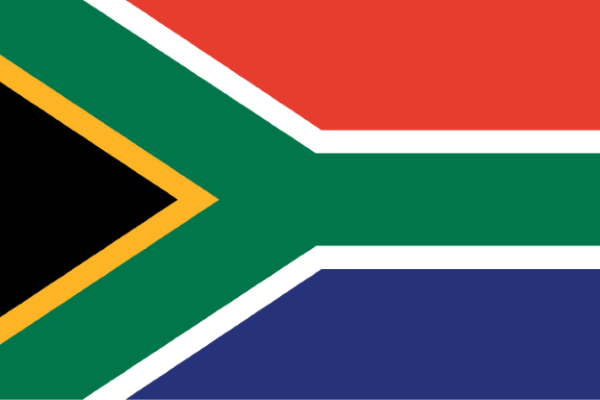The Order of the Baobab in Bronze

Dr Anvir Adam (1937 - ) Awarded for:
His outstanding contribution to the struggle against racial discrimination in higher education, particularly in the medical profession, and putting his profession at the service of disadvantaged communities as well as championing the cause of the African Renaissance.
Profile of Dr Anvir Adam
Dr Anvir Adam was born on 12 March 1937 in Silverton, an impoverished area on the fringes of Mamelodi, Pretoria (now Tshwane). Between 1943 and1947 he completed his primary schooling at Kilnerton Practising School, which was a Methodist Missionary School in Kilnerpark, near Silverton, one of the few schools at the time that accepted black pupils.
Between 1947 and 1955, Adam completed his secondary schooling at the Pretoria Indian Intermediary School, Marabastad, Tshwane. He was compelled to attend this school after the apartheid government enforced segregated schooling for the different racial groups in South Africa.
Adam received a Bachelors degree in Science from the University of Cape Town in 1959/60 and the University of the Witwatersrand (Wits), where he graduated with an MB.ChB degree in 1964. He went on to achieve a Diploma in Tropical Medicine and Hygiene in 1986 and a Diploma in Public Health in 1988.
Adam was admitted as a member of the Family Physicians College within the College of Medicine of South Africa (CMSA) in 1973. In 1978, he was made an affiliate member of the Royal Society of Medicine, United Kingdom, and in 1990 was elected Fellow of the Royal Society of Tropical Medicine and Hygiene (UK). The CMSA honoured him with life membership of the College of Family Physicians in 2003.
During his fourth year at Wits, Adam was detained for voicing concerns about the treatment of black students and about atrocities against human rights. The outcome of his protest was that conditions were improved for students working at the Coronation, Baragwanath and Bridgeman Maternity hospitals. Together with the late Minister Dullah Omar, he was also severely reprimanded by the Cape Town university authorities for his stance and protest action against human rights abuses. Years later he gave extensive and detailed evidence at the Truth and Reconciliation Commission, which, together with the evidence of others, resulted in a formal apology being tendered by medical academia and the erection of a statue at the main piazza of the Wits Medical School, symbolising the struggle of oppressed healthcare workers, students and patients during the apartheid era. He also provided extensive testimony to Professor Anne Digby, Director of the Humanities Research Centre at Oxford Brookes University in the UK, for her work on the plight of black doctors during the apartheid era.
Adam’s interest in primary healthcare and epidemiology led him to serve in the Department of Health for two years after his graduation, during which time he published several articles on these subjects, including a translation of J M Last’s Epidemiology Dictionary into Afrikaans.
Adam has received widespread recognition for his services to disadvantaged communities as well as for his commitment to the African Renaissance initiative championed by President Thabo Mbeki.
He is a philanthropist who has contributed to many causes over the years, among them the Nelson Mandela children’s villages, the Sterkfontein Research Unit, the Cancer Association, the SOS Children’s villages, orphanages in Mamelodi and Tweefontein, water projects in Mpumalanga and Malawi, as well as contributions to conserving and preserving ancient manuscripts in Mali as part of Nepad (New Partnership for Africa’s Development) cultural project.
Dr Anvir Adam has enriched the lives of humanity on many different levels. He has contributed to the medical profession, nurtured young medical talent, and fought hard, sometimes at his own expense, for better and just conditions for black students. He has put his profession at the service of the disadvantaged community, at the same time taking a keen and active interest in the historical contribution of the African continent to the march of progress.
He and his wife Zaiby have four children, all graduates of universities in South Africa, and one grandchild. He still runs a small clinic in Silverton and works tirelessly at medical research and contributing to medical academic literature.




